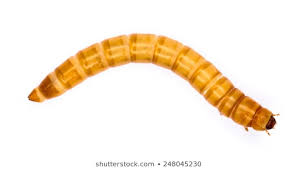This morning I answered some questions from another lab about the chicken holeboard test. That’s a spatial memory test we developed for chicken, where chickens can find grapes in 3 out of 9 possible places.
The same 3 spots have grapes every session, so the chickens learn a) to go to the same 3 places every day (=long term memory), and b) not to go back to the same place twice in one session, since they’ve eaten that grape (=short term memory).
We started out working with other kinds of rewards, like spaghetti, mealworms, grains. The chickens liked pretty much everything.
The grapes won out because they are easy to dose, don’t make a mess (cooked spaghetti is sticky stuff) and don’t crawl away like mealworms do.
It turns out that chickens are FANTASTIC at short-term spatial memory, and make almost zero errors from the start of the task.
Long-term spatial memory…. that was a lot more difficult. It took weeks of training, and even then, the chickens still didn’t reach scores as high as (for instance) pigs.
My take is that we are asking this the wrong way. In the task we have, it’s too easy for the chickens to be “opportunistic” and just check for a grape as they walk by (which is scored as an error).
So we’re working on covered “holes” that mean they need to make a little more effort to check. Hopefully now they& #39;ll only go check the holes *with* grapes and show their long term memory. Work in progress!
All of this goes to show 1) chickens are smart cookies, 2) chickens eat anything, and 3) it& #39;s very important to WATCH what your animals are doing when doing behavioral testing, to see if you are really testing what you think you are.

 Read on Twitter
Read on Twitter


